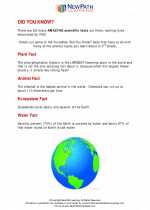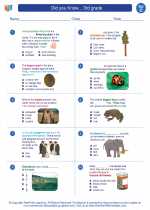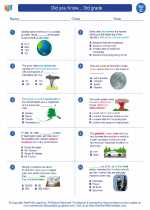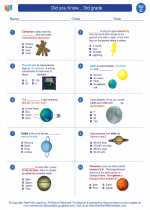Digestion
Digestion is the process by which the food we eat is broken down into smaller, more absorbable components that can be used by the body for energy and growth. It involves both mechanical and chemical processes that occur in the digestive system.
Mechanical Digestion
Mechanical digestion begins in the mouth, where food is chewed and mixed with saliva. This breaks down the food into smaller pieces, making it easier to swallow and increasing the surface area for chemical digestion to occur. The food then travels down the esophagus to the stomach, where it is further broken down by the churning action of the stomach muscles.
Chemical Digestion
Chemical digestion involves the breakdown of food using enzymes and acids. In the stomach, the food mixes with gastric juices containing hydrochloric acid and pepsin, which break down proteins. The partially digested food then moves to the small intestine, where it mixes with bile from the liver and digestive enzymes from the pancreas to break down carbohydrates, fats, and proteins into smaller molecules that can be absorbed into the bloodstream.
Absorption
Once the food is broken down into its smallest components, such as simple sugars, amino acids, and fatty acids, it can be absorbed through the walls of the small intestine and into the bloodstream. These nutrients are then transported to the cells of the body, where they are used for energy, growth, and repair.
Study Guide
To study the process of digestion, it's important to understand the following key points:
- Organs Involved: Know the main organs involved in digestion, including the mouth, esophagus, stomach, small intestine, and large intestine.
- Processes: Understand the processes of mechanical and chemical digestion and be able to describe how each process contributes to the overall breakdown of food.
- Enzymes: Learn about the specific enzymes involved in digestion and their roles in breaking down carbohydrates, proteins, and fats.
- Nutrient Absorption: Understand how nutrients are absorbed into the bloodstream and transported to the body's cells for use.
- Disorders: Be familiar with common digestive disorders such as acid reflux, ulcers, and irritable bowel syndrome, and how they can affect the digestive process.
By mastering these key points, you will have a solid understanding of the process of digestion and its importance for overall health and well-being.
.◂Science Worksheets and Study Guides Third Grade. Did you Know... 3rd grade

 Worksheet/Answer key
Worksheet/Answer key
 Worksheet/Answer key
Worksheet/Answer key
 Worksheet/Answer key
Worksheet/Answer key
